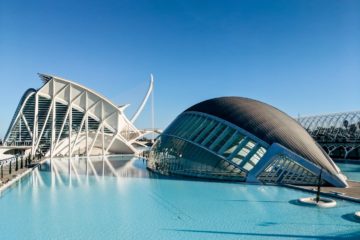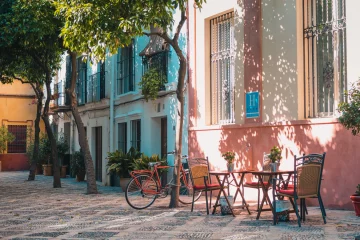Table of Contents
Toronto, the most important city of Canada
Probably the most important city of Canada, Toronto is the largest and most varied city of this country. Here’s a Toronto Travel Guide that will help you find your way around this lakefront city. Unlike other provinces of Canada, you don’t need to learn French sentences to visit this city; despite its original French population the city’s official language nowadays is English, although you may find plenty of locals who speak a myriad of other languages. A clear proof of this is that at work locals broadly speak Italian and some varieties of Chinese and the 9-1-1 emergency number is apt to reply in more than 150 languages.
Toronto culture
The most populated city in the map of Canada and the capital of the province of Ontario, Toronto is also the fifth largest city in North America. Its most prominent landmark is the rising CN Tower and its downtown is filled with office towers, highly noticeable for their structures of glass and steel, which open the way to the theater district of the city and its nearby museums. Its citizens (known as Torontonians) are well-known for their love of Hockey, which is shortly replaced by baseball when the Ice melts. The hometown baseball team is the “Blue Jays”
Toronto is located in the northwest shores of Lake Ontario, covering a waterfront of 46 km long, right next to the downtown center. The city, with 2.8 million people, is at the center of the largest metropolitan area of Canada (known as the Greater Toronto Area or “GTA”), which contains 5.5 million people and is, in time, at the center of the region with 25% of the population of Canada – the Golden Horseshoe.
The city limits with:
- Lake Ontario to the south
- Highway 427 and Etobicoke Creek to the west
- Steeles Avenue to the north
- The Rouge River to the east
The history of Toronto
The history of Toronto started with several First Nation groups who inhabited the shore of Lake Ontario at different intervals of time; like the Neutral, the Seneca, the Mohawk and the Cayuga nations. It wasn’t until 1750 that the French installed its trading fort “Fort Rouillé” that the area received its first permanent residents coming from Europe. Nevertheless, there was no large arrival of people in the area until it was populated by the United Empire Loyalists running from the American Revolution.
The city, known as York at the time, was named capital of the new colony of Upper Canada in 1793. Before it was reincorporated and renamed as Toronto in 1834, the city went through a major battle in 1812. From then on, Toronto has progressively grown, becoming the principal destination of immigrants until in the second half of the 20th century, it became Canada’s economic capital and its largest city.
The attractions of Toronto
The most prominent attractions of Toronto are:
- Casa Loma
- Ontario Science Centre
- Royal Ontario Museum
- St. James’ Cathedral
- St. Michael’s Cathedral
- The Distillery District
- Toronto Music Garden
- Bata Shoe Museum
- CN Tower
- Canada’s Wonderland
- George R. Gardiner Museum of Ceramic Art
- Harbourfront Centre
- Hockey Hall of Fame
- Kensington Market
- Mount Pleasant Cemetery
- Museum of Contemporary Canadian Art
- Riverdale Farm
- Scarborough Bluffs
- Toronto Zoo



0 comentarios